Bird migration has fascinated humans for centuries, with early civilizations documenting the seasonal comings and goings of various avian species. However, understanding the precise routes, timings, and behaviors of migratory birds remained largely a mystery until recent technological advances. Today, satellite tracking technology has revolutionized our ability to follow birds across continents and oceans, providing unprecedented insights into these remarkable journeys. Scientists are now able to track individual birds in real-time as they navigate thousands of miles, revealing migration patterns that were previously impossible to observe. This cutting-edge approach to bird migration research not only satisfies scientific curiosity but also provides crucial data for conservation efforts worldwide.
The Evolution of Bird Migration Tracking

Before satellite technology, scientists relied on primitive methods to study bird migration, including simple observation and bird banding. Bird banding involved attaching small metal rings with unique identification numbers to birds’ legs, hoping that other researchers or members of the public would report sightings at different locations. While this method provided some useful data, it relied heavily on chance encounters and offered only disconnected snapshots of a bird’s journey. Radio telemetry later improved tracking capabilities but still had significant limitations in range and data collection. The transition to satellite-based tracking in the 1980s and 1990s marked a paradigm shift, allowing researchers to follow birds continuously across vast distances without requiring recapture or resightings. This technological evolution has transformed migration research from a patchwork of sporadic observations into a comprehensive, data-rich field of study.
Satellite Tracking Technology Basics
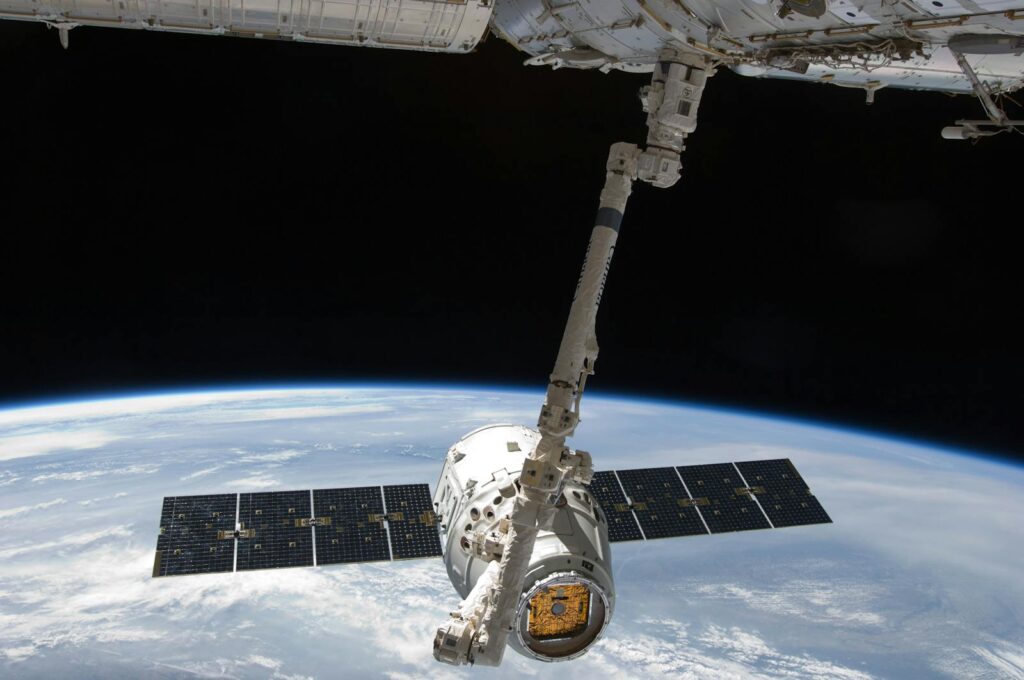
At its core, satellite tracking of birds relies on transmitters attached to the animals that communicate with orbiting satellites. These tracking devices typically use the Argos satellite system, a constellation of satellites specifically designed for environmental monitoring and wildlife tracking. The transmitters send signals to these satellites, which determine the bird’s location using Doppler shift calculations or GPS coordinates and relay this information to receiving stations on Earth. Modern tracking units have been miniaturized dramatically, with some weighing less than 5 grams, allowing even small bird species to be monitored without significantly impacting their behavior or survival. These devices are typically attached as backpacks with harnesses, leg bands, or in some cases, implanted subcutaneously, depending on the species being studied and the research objectives. The technology continues to advance, with newer models incorporating solar panels for extended battery life and additional sensors to collect behavioral and environmental data.
Types of Satellite Transmitters Used

Scientists employ several distinct types of satellite transmitters, each with specific advantages for different research scenarios. Platform Terminal Transmitters (PTTs) are traditional devices that send signals to the Argos satellite system, providing location data with accuracy ranging from 150 meters to several kilometers. GPS transmitters offer much greater precision, pinpointing birds’ locations within a few meters, though they require more power to operate. GSM (Global System for Mobile Communications) trackers represent a hybrid approach, collecting GPS data but transmitting it through cellular networks when birds are within range, saving battery power while maintaining accuracy. The newest generation includes solar-powered GPS-GSM transmitters that can potentially track birds for their entire lifespans. Each transmitter type is selected based on the research question, bird species size and behavior, project budget, and desired data resolution. Miniaturization continues to drive innovation, with researchers constantly pursuing smaller, lighter, and more efficient tracking solutions.
Attachment Methods and Ethical Considerations

Attaching tracking devices to wild birds requires careful consideration of both methodology and ethics. Scientists have developed various attachment techniques tailored to different species, with harness-style backpacks being common for larger birds like raptors and waterfowl. For shorebirds and smaller species, leg-band attachments may be preferred, while tail-mounted transmitters work well for certain species with appropriate tail structures. Regardless of the method, researchers follow strict guidelines limiting the weight of transmitters to no more than 3-5% of the bird’s body mass to minimize impacts on flight and behavior. Prior to large-scale deployment, pilot studies typically assess potential adverse effects on survival, reproduction, and natural movements. Ethical review boards and wildlife agencies typically oversee such research, requiring permits and evidence that the scientific benefits outweigh potential risks to individual birds. The welfare of study subjects remains paramount, with researchers continually refining their methods to reduce any negative impacts while collecting valuable data.
Satellite Data Collection and Processing
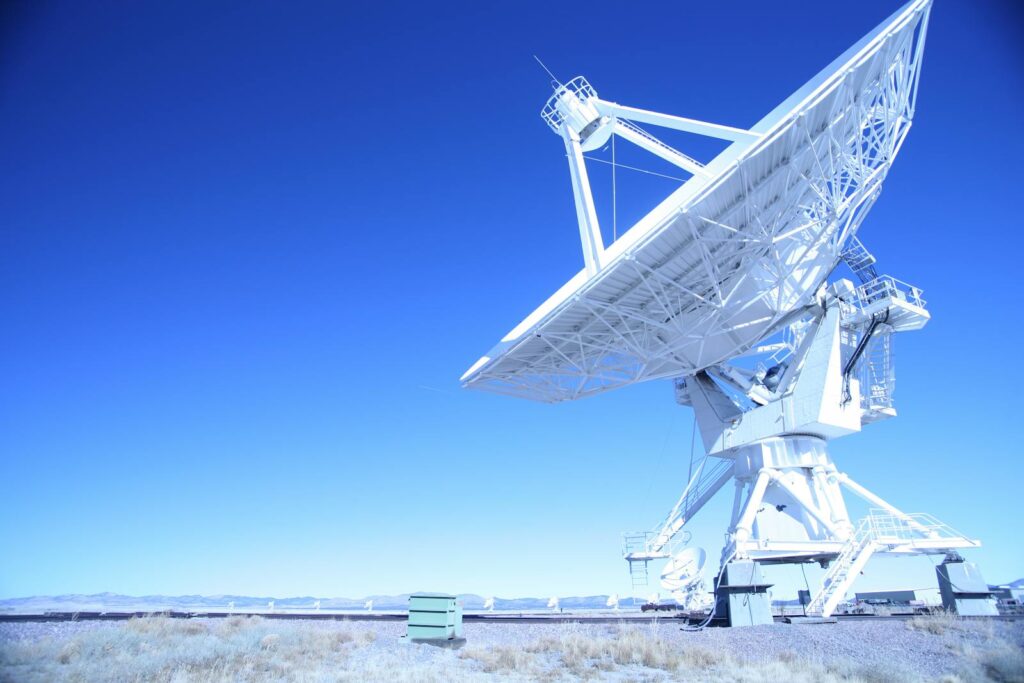
Once deployed on birds, satellite transmitters begin the complex process of data collection and transmission. Devices are typically programmed with specific duty cycles to conserve battery life, collecting location points at predetermined intervals that might range from minutes to days depending on research needs. These data points, along with additional metrics like altitude, temperature, or activity levels, are transmitted to satellites when the bird is in range and power levels permit. Ground stations around the world receive these satellite signals and forward the raw data to processing centers. There, sophisticated algorithms filter out erroneous readings, compensate for known biases, and convert the information into usable geographic coordinates with associated metadata. Researchers access these processed data through specialized software platforms that allow for visualization, analysis, and interpretation of movement patterns. The entire system represents a remarkable technological pipeline that transforms a brief electronic signal from a tiny transmitter on a bird’s back into comprehensive scientific insights about migration.
Major Discoveries Through Satellite Tracking
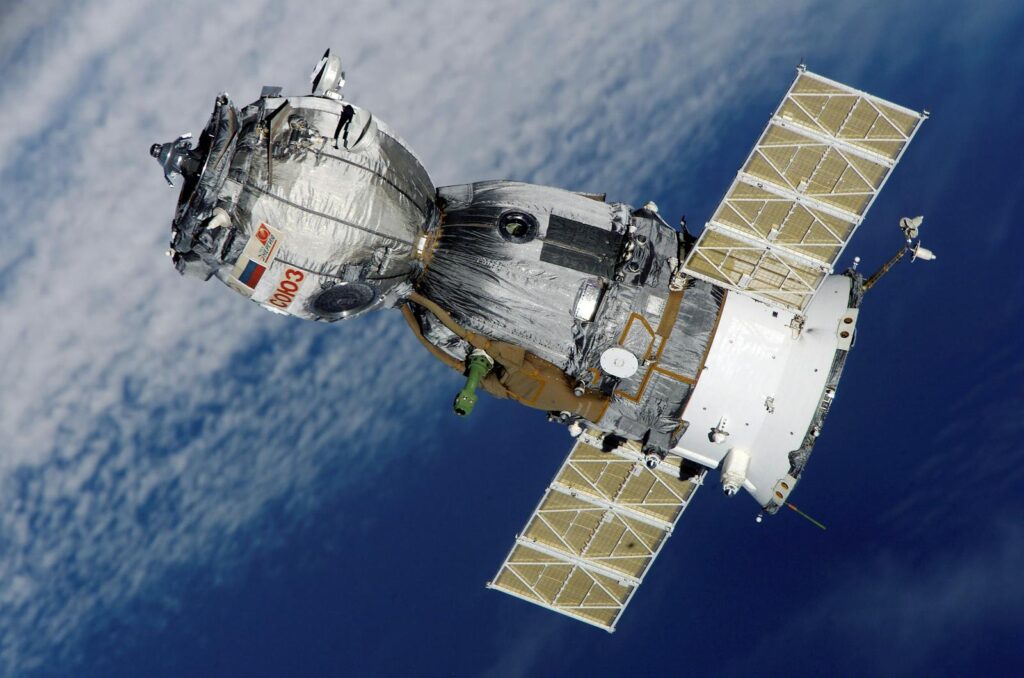
Satellite tracking has led to numerous groundbreaking discoveries that have fundamentally changed our understanding of bird migration. Perhaps most dramatic was the documentation of the bar-tailed godwit’s non-stop flight of over 11,000 kilometers across the Pacific Ocean from Alaska to New Zealand, the longest continuous bird flight ever recorded. Tracking studies of Arctic terns confirmed their record-breaking annual migration of approximately 70,000 kilometers, from pole to pole and back again. Satellite data has revealed previously unknown stopover sites crucial for conservation, such as the discovery that endangered spoon-billed sandpipers rely on small areas of coastline in the Yellow Sea that were slated for industrial development. Researchers were surprised to find that many species do not follow the same routes during spring and fall migrations, instead completing vast elliptical circuits across continents. Perhaps most importantly, tracking has demonstrated the remarkable precision with which birds return to exactly the same breeding, wintering, and stopover locations year after year, highlighting both their navigational abilities and vulnerability to habitat loss at these specific sites.
Tracking Across Continents: Major Flyways

Satellite tracking has illuminated the major bird migration flyways with unprecedented clarity, confirming and expanding our knowledge of these aerial highways. The East Asian-Australasian Flyway stretches from Siberia and Alaska through East Asia to Australia and New Zealand, supporting over 50 million migratory waterbirds of over 250 species. Satellite data has mapped the Atlantic Flyway running from the Canadian Arctic through the eastern United States to the Caribbean and South America, revealing complex connectivity between breeding and wintering populations. In Africa and Eurasia, tracking studies have delineated the boundaries of the massive East Atlantic Flyway, where millions of shorebirds and waterfowl move between Arctic breeding grounds and African wintering areas. For each flyway, satellite tracking identifies critical bottlenecks where large proportions of populations concentrate during migration, such as the Delaware Bay in the United States or the Wadden Sea in Europe. This information proves invaluable for international conservation efforts, as it highlights priority areas where habitat protection can benefit the greatest number of migratory birds across multiple nations.
Understanding Timing and Navigation

Satellite tracking has provided detailed insights into the precise timing of bird migrations and the remarkable navigational abilities that guide these journeys. Data show that many species demonstrate astonishing consistency in their departure and arrival dates at specific locations, often within days or even hours of the previous year’s schedule. This precision appears linked to environmental cues including day length, weather patterns, and food availability, though the exact triggers remain an active area of research. Tracking has revealed that birds often adjust their pace during migration, flying rapidly through inhospitable areas but lingering at productive stopover sites to refuel. Navigation strategies have been partially illuminated through tracking data combined with experimental studies, suggesting birds use a sophisticated combination of celestial cues, Earth’s magnetic field, visual landmarks, and possibly even scent to maintain their course. Perhaps most impressively, satellite tracking has documented juvenile birds successfully completing migrations to wintering grounds they have never visited before, suggesting some migratory routes are genetically programmed rather than learned, though this varies by species.
Conservation Applications
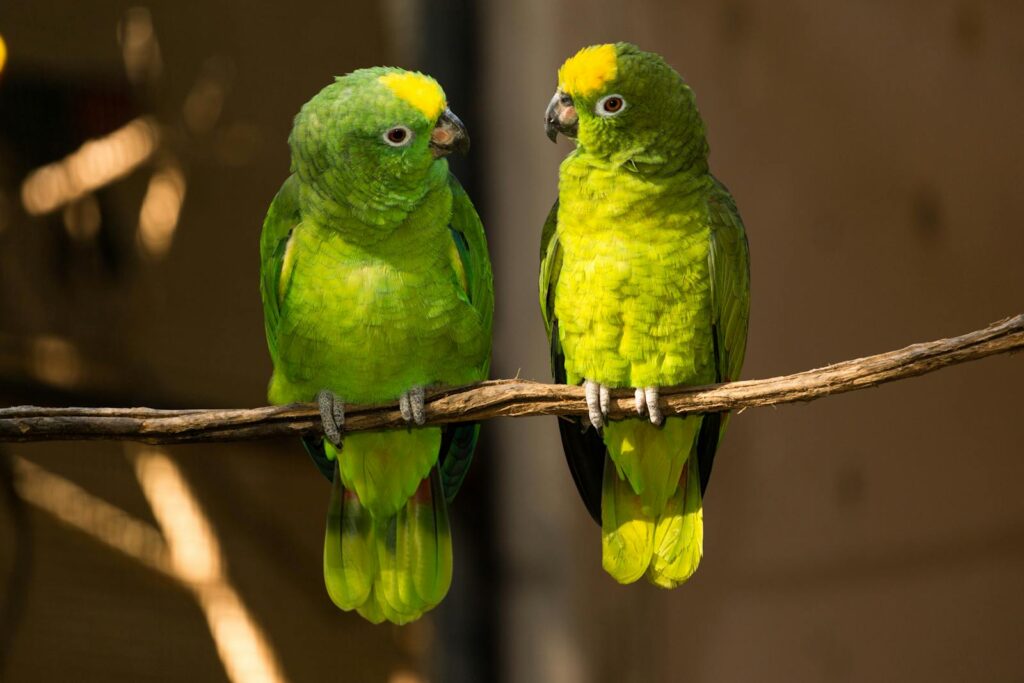
The conservation impact of satellite tracking extends far beyond academic understanding, directly influencing protection efforts for migratory birds worldwide. By identifying previously unknown stopover sites where birds concentrate during migration, researchers have been able to advocate for the protection of these crucial habitats before they disappear to development. Tracking data provides evidence-based justification for multinational conservation agreements, as it demonstrates the shared responsibility countries have for species that cross their borders seasonally. When satellite data revealed that tagged whimbrels were being heavily hunted during migration through the Caribbean, it led to improved hunting regulations and enforcement in those areas. Conservation organizations now routinely use tracking information to designate Important Bird Areas and to design nature reserves that include all habitats needed throughout a bird’s annual cycle. Perhaps most significantly, satellite tracking helps predict how climate change may affect migration patterns, allowing conservationists to proactively protect areas that will become increasingly important as birds adjust their routes and timing in response to shifting environmental conditions.
Challenges and Limitations

Despite its revolutionary contributions, satellite tracking technology still faces significant challenges and limitations. Cost remains a major constraint, with high-quality transmitters typically costing $2,000-5,000 each, plus data transmission and processing fees that can accumulate to thousands more per device annually. These expenses limit sample sizes, often resulting in just a few individuals representing entire populations. Battery life continues to be problematic, particularly for smaller species that cannot carry larger, longer-lasting power sources, though solar recharging has partially addressed this issue. Attachment methods still cause concern, as even well-designed harnesses may affect flight efficiency, behavior, or survival in ways difficult to detect without control studies. Data gaps occur when birds travel through regions with poor satellite coverage or when transmitters malfunction in extreme environments. Perhaps most fundamentally, there’s the potential for selection bias, as tracked birds necessarily must be healthy enough for capture and may not represent the population average. Researchers actively acknowledge these limitations while continuing to refine methods to minimize their impact on both the birds and the validity of scientific conclusions.
Combining Satellite Data with Other Technologies
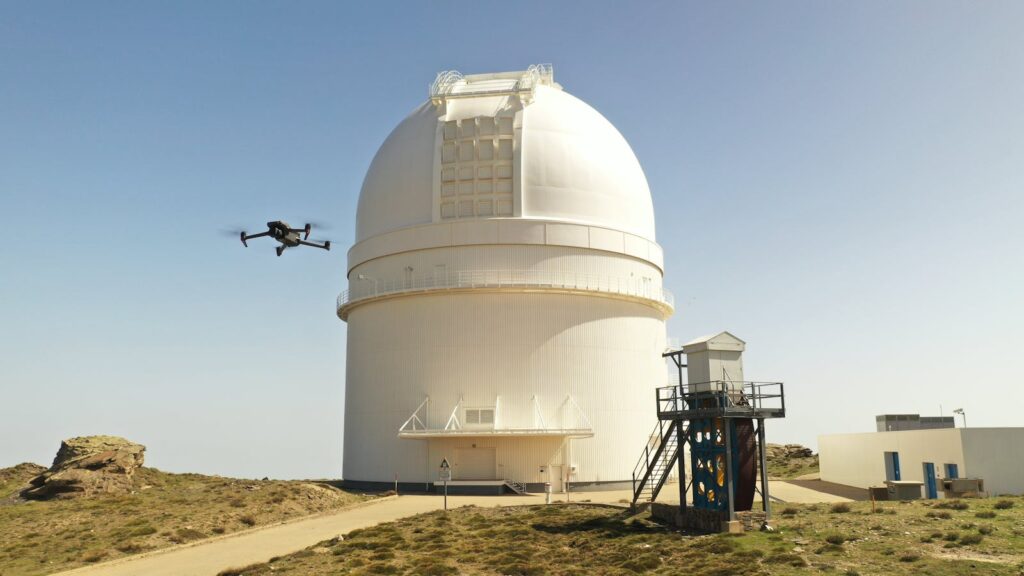
Modern bird migration research increasingly integrates satellite tracking with complementary technologies to build a more comprehensive understanding. Geolocators, which are lightweight devices that record light levels to estimate location, are often deployed alongside satellite transmitters to increase sample sizes and provide comparative data. Radar ornithology, which uses weather and specialized radar installations to detect mass movements of migrating birds, helps place the detailed tracks of satellite-tagged individuals within the context of broader population movements. Stable isotope analysis of feathers can reveal where birds have been based on regional signatures in their tissues, offering another layer of migration information. Environmental DNA sampling at stopover sites can confirm the presence of species even without direct observation. Advances in remote sensing and weather data collection allow researchers to correlate bird movements with specific environmental conditions along migration routes. This multi-technology approach creates a richer picture of migration than any single method could provide alone, with satellite data often serving as the framework into which other information sources are integrated.
Citizen Science Contributions

The engagement of the public through citizen science has become increasingly valuable in satellite tracking projects. Many research teams now create interactive websites where people worldwide can follow the real-time movements of satellite-tagged birds, creating both educational opportunities and emotional connections to these remarkable journeys. Some projects incorporate direct public participation, such as the Animal Tracker app that allows citizens to report sightings of tagged birds that complement satellite data. School programs frequently incorporate satellite tracking into curriculum, with classrooms “adopting” tagged birds and following their migrations throughout the academic year. Citizen financial contributions through crowdfunding platforms have become an important funding stream for some tracking studies, particularly for charismatic or endangered species. Public engagement has proven especially valuable when tagged birds encounter trouble, as local observers can sometimes intervene if a transmitter indicates a bird is injured or trapped. This democratization of migration research not only supplements scientific data but also builds broader public support for bird conservation by making abstract concepts like migration corridors and international conservation more concrete and compelling.
Future Directions in Satellite Tracking
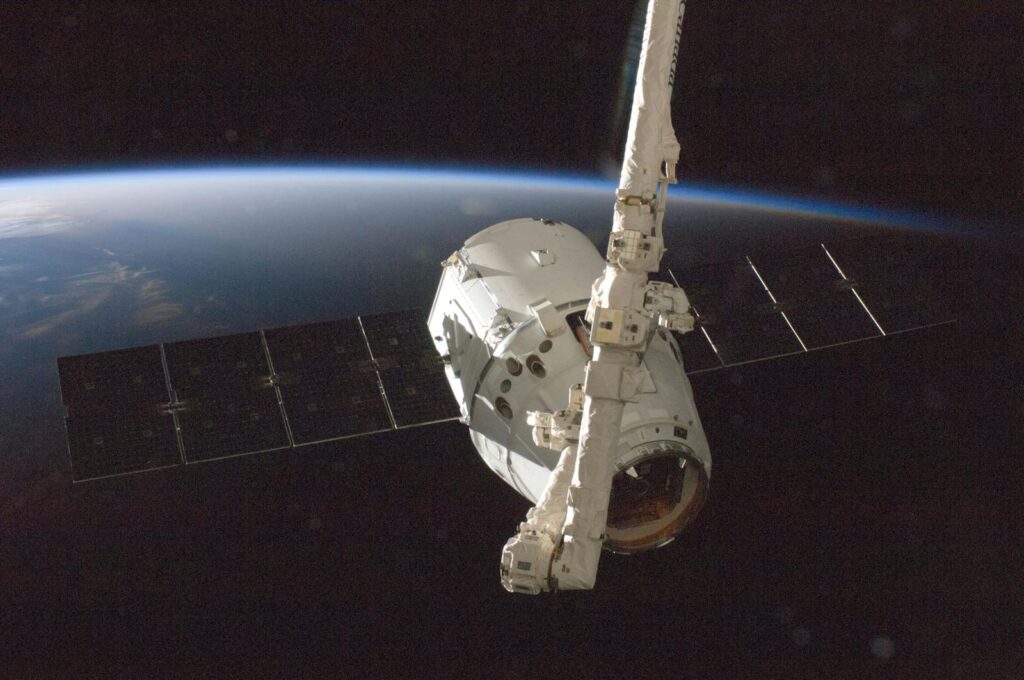
The future of satellite bird tracking promises exciting advances that will further transform migration research. Transmitter miniaturization continues at a rapid pace, with engineers working toward devices weighing less than a gram that could eventually make even hummingbirds and small songbirds trackable without adverse effects. Integration of additional sensors beyond location data is expanding, with new devices measuring heart rate, wingbeat frequency, body temperature, and even environmental conditions like air quality or radiation levels along migration routes. Artificial intelligence and machine learning algorithms are being developed to analyze the massive datasets generated by tracking studies, identifying patterns and anomalies that human researchers might miss. Several research groups are exploring the possibility of self-charging “eternal transmitters” that could follow birds throughout their entire lives using advanced energy harvesting from solar power, body heat, or even the kinetic energy of flight itself. Perhaps most ambitiously, satellite tracking may eventually expand to population-level monitoring, with networks of thousands of low-cost transmitters providing unprecedented insights into how entire species respond to environmental changes across global scales.
Conclusion: Transforming Our Understanding of Avian

Migration
Satellite tracking has fundamentally transformed our understanding of bird migration from a collection of localized observations into a comprehensively documented global phenomenon. What once seemed like mysterious disappearances and reappearances of birds now unfold as precisely mapped journeys across continents and oceans, revealing the remarkable capabilities of these animals and their profound connection to habitats across the planet. Beyond the scientific advances, this technology has changed how we view conservation, highlighting the truly international nature of bird protection and the shared responsibility of nations along migration routes. As transmitters become smaller, more affordable, and more sophisticated, our knowledge will continue to expand, likely revealing migration secrets of species currently too small or elusive to track. Perhaps most importantly, satellite tracking has transformed birds from seasonal visitors into global ambassadors that connect distant ecosystems and human communities. By following their journeys in such intimate detail, we’ve gained not just scientific knowledge but a deeper appreciation for the intricate natural systems that support these epic travelers—and a stronger commitment to ensuring these ancient migratory pathways remain open for generations to come.
